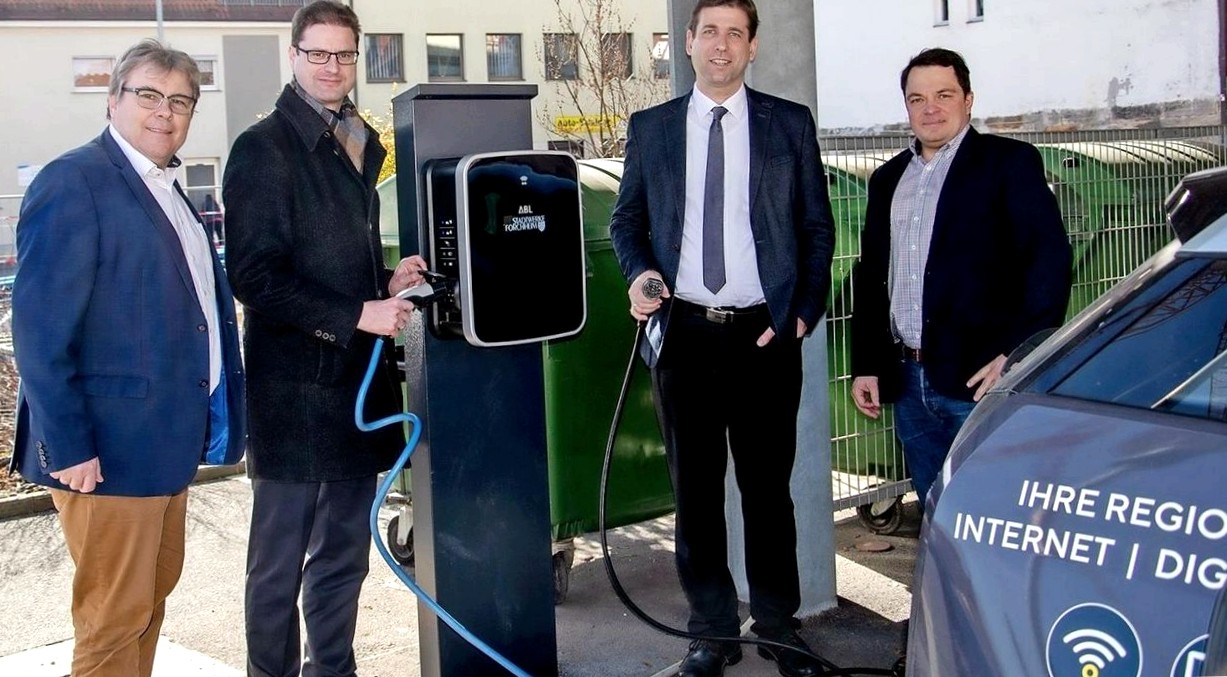E-loads tapped

More electromobility at the district office in forchheim – this is what the district council decided last year for the district office’s fleet of vehicles. The partial conversion of the vehicle fleet has now made it necessary for the charging infrastructure to be intelligently designed. Together with the municipal utility forchheim, district administrator hermann ulm (CSU) has now put the new charging columns into operation.
"For us, the conversion of the vehicle fleet by using our own electricity is not only economical, but also the right step towards locally emission-free mobility and a sign of climate protection", ulm said.
The six new type-2 charging points are intended exclusively for the district office’s company vehicles and are intended to make charging as easy as possible for employees. Two more e-vehicles will be added to the fleet in a few days, after the press release says that the experience so far at the district administration office has been positive.
To ensure that the switch to electric vehicles and charging infrastructure goes smoothly, the employees of the district office are receiving training.
The used charging boxes partly have fixed cables, so there is no need to reach into the trunk for the charging cable. The three black boxes from a regional manufacturer are hardly coarser than a cake box and seem inconspicuous, but they have a lot to offer.
"This is where particularly innovative technology comes into play", explains dirk samel, e-mobility expert at stadtwerke forchheim "so that the power connection of 44 KW can be used optimally, the charging capacity per vehicle is adjusted. If one vehicle is charged, the others get more electricity. In addition, the consumption values for each vehicle are recorded digitally."
Thanks to the load management of the charging boxes, the power grid is protected and it was not necessary to reinforce the supply lines. "The new charging station is a blueprint for municipalities and companies that want to electrify their vehicle fleet", declares mathias reznik, commercial director of the municipal utility company.
"The current electric vehicles have an optimal range of 250 to 300 kilometers for our requirements, explains climate protection manager dominik bigge "we can therefore optimize the timing of charging and in the future also link it to the availability of photovoltaic and combined heat and power plant electricity. With an average consumption of 15 to 20 kilowatt hours per 100 kilometers, the energy costs of an electric vehicle are significantly lower than those of a combustion engine."
The district office has two photovoltaic systems at the streckerplatz and is currently implementing a CHP (combined heat and power) system in the heating center that can also produce electricity. The plants help to reduce the CO2 emissions of the administration building and to generate electricity locally.